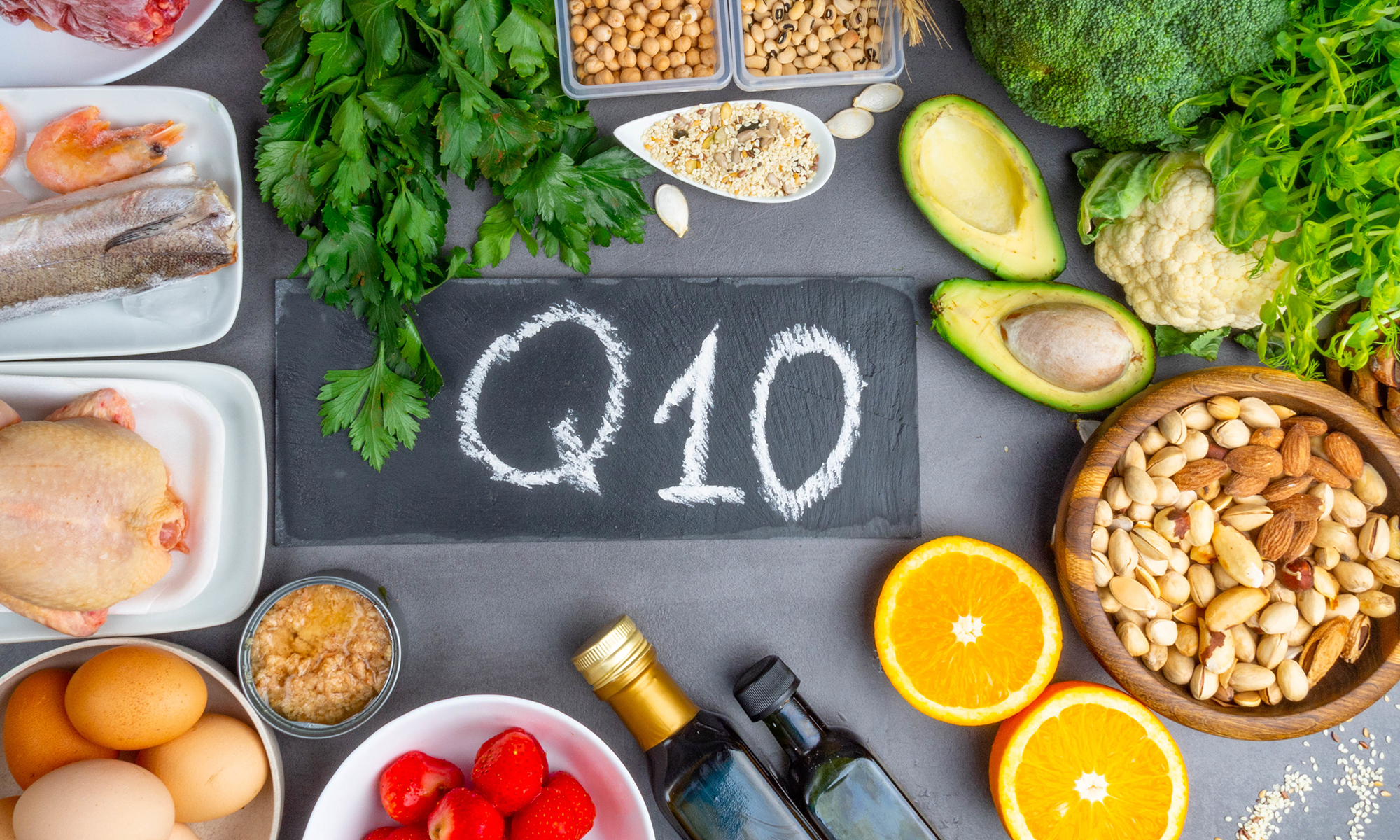Part 1: A Bit of Science Behind This Vital Antioxidant
Posted by Scott V Watkins, MD
You’ve likely heard about Coenzyme Q10, more commonly known as CoQ10, and may even have heard it referred to as a nutraceutical (in simple terms, a food-related alternative to pharmaceuticals).
So for the next couple of articles, I would like to discuss CoQ10 in some detail.
CoQ10 may seem like a low-hanging fruit of the nutraceutical world. It is widely known. The benefits have been touted for some time, and even traditionally trained medical doctors often recommend it. CoQ10 is on the shelves at pharmacies, supermarkets, and big-box discount stores. Many people already take it. So what remains to be said about CoQ10?
A lot!
CoQ10 is found on the mitochondrial membranes. The mitochondria are cellular components that produce energy, both for the cell and the entire body. Our knowledge of the importance of mitochondria continues to grow. But believe it or not, it’s been 50 years since the American medical academic Denham Harman’s mitochondrial free radical theory of aging (MFRTA) was published in the Journal of the American Geriatrics Society, in 1972 article titled “The Biologic Clock: The Mitochondria?” According to the abstract of the paper, “the maximal lifespan of a given mammalian species is largely an expression of genetic control over the rate of oxygen utilization.”
Let’s break down the role of the mitochondrial membranes even more. These membranes are where the production of ATP (adenosine triphosphate) occurs. ATP is the energy molecule of the body: Production of ATP creates reactive oxygen species (ROS), or the free radicals that can damage DNA. There’s significant evidence and research indicating this damage can lead to aging or decreased activity of the mitochondria, which in turn leads to damage and aging of the cell, and damage and aging of the body.
Now, back to CoQ10: It’s an essential element of the electron transport chain (or mechanism) that produces ATP. CoQ10 is also a very potent antioxidant that scavenges the reactive oxygen species (ROS) to prevent their damage and to allow the damage to be repaired. CoQ10 directly interacts with DNA repair enzymes — hence, less aging of the mitochondria, the cell, and the body.
To read more on the CoQ10 mechanism and clinical applications, click on the interesting research here and here.
The next article, Part 2 of “Who needs CoQ10? Probably you!”, will focus on more about CoQ10, its forms, and its role in helping reduce the risk of cardiovascular disease, fibromyalgia, Parkinson’s disease, and other common medical conditions, and the importance of supplementation.
You can find the link to Part 2 here.
CoQ10













